Search Images
Browse Content (p. 1309)
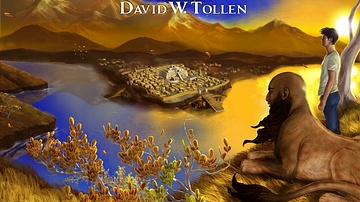
Image
The Jericho River Poster
Promotional poster for the novel The Jericho River.

Image
Wiglaf & Beowulf
An illustration from the Old English epic poem "Beowulf" depicting Wiglaf and the dying Beowulf. (Marshall, Henrietta Elizabeth (1908), Stories of Beowulf, T.C. & E.C. Jack)
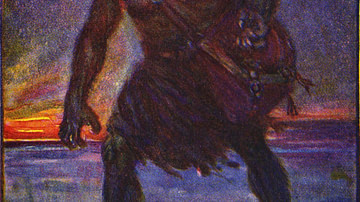
Image
Grendel from the Beowulf
The monster Grendel from the Old English epic poem Beowulf, illustration from Stories of Beowulf by Henrietta Elizabeth Marshall, T.C. & E.C. Jack, 1908.
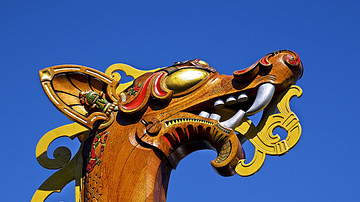
Image
Viking Boat Figurehead
A replica of a Viking boat figurehead. From the replica Norwegian ship "Draken Harald Hårfagre."
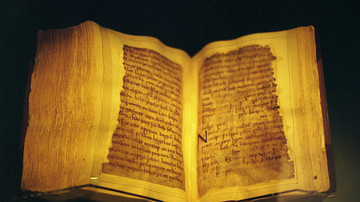
Image
Beowulf Manuscript
A manuscript of the Beowulf. 11th century CE. (British Library, London)
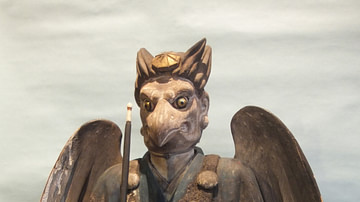
Image
Japanese Tengu Figure
A figurine representing a Japanese tengu, a form of forest demon, Edo Period (17th-18th century).
Private collection.
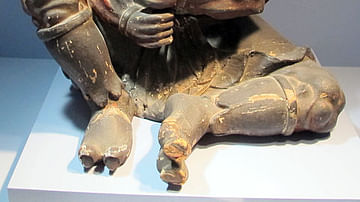
Image
Japanese Oni Figure
A figurine representing a Japanese oni or demon. Edo Period (17th-18th century CE). (Historisches Museum Bern, Switzerland)
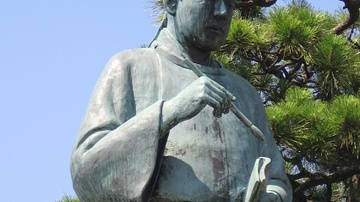
Image
Otomo no Yakamochi
A modern statue of the Japanese poet Otomo no Yakamochi, compiler of the 8th century CE Manyoshu, an anthology of Japanese poems. Takaoka Station, Takaoka, Toyama.

Image
Egyptian Execration Figure
Egyptian 'Voodoo Doll', Rijksmuseum van Oudheden, Leiden.
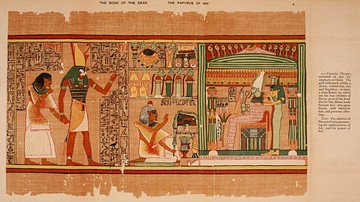
Image
Negative Confession, Papyrus of Ani
Ani's soul is acquitted after the Negative Confession.